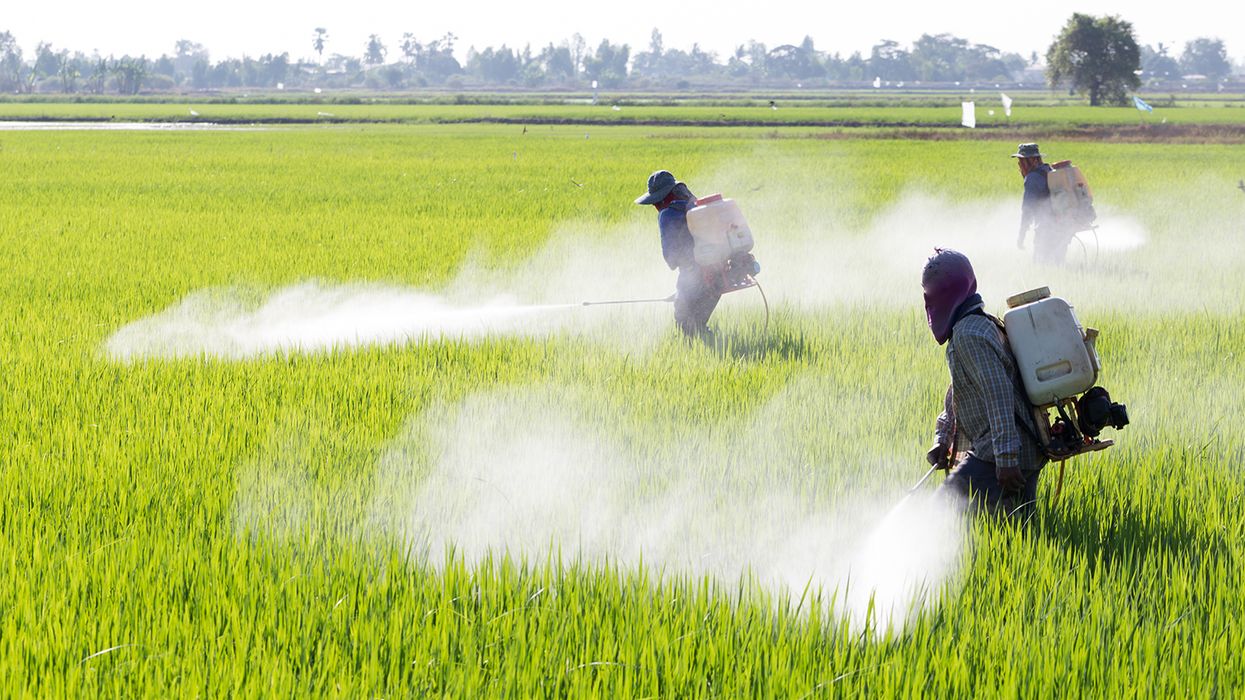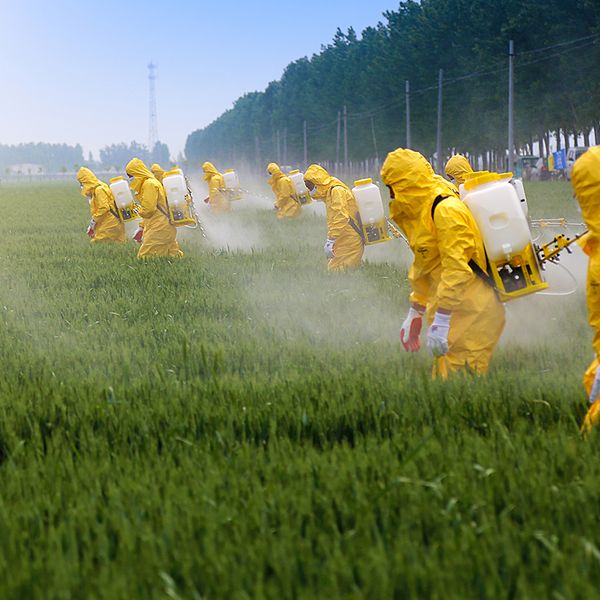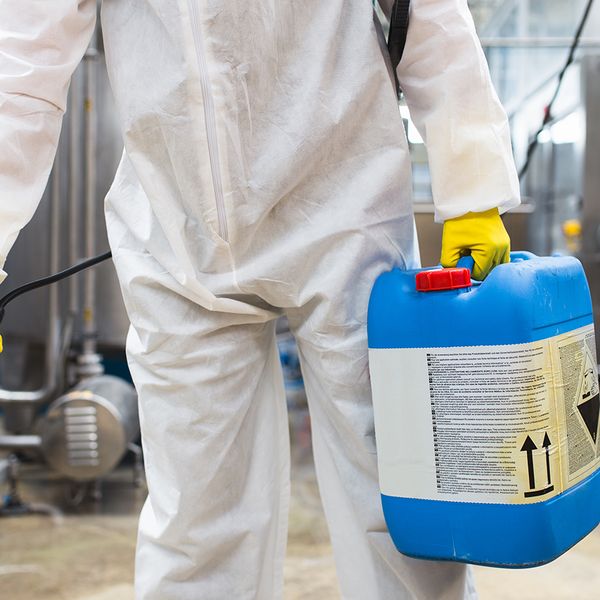Decode the symptoms: Flu, heat exhaustion, or pesticide poisoning?
Plants, insects, mold, mildew, rodents, bacteria, and other organisms are natural parts of the environment. They can benefit people in many ways but can also be considered pests. Sometimes, chemical management is the best solution to a pest problem – i.e., using a pesticide, which can be hazardous to people. Worse yet, it’s difficult to diagnose pesticide-related poisoning because the signs and symptoms may be confused with common illnesses unrelated to pesticide exposure.
Knowing pesticides
The family of pesticides includes herbicides, insecticides, rodenticides, fungicides, and bactericides. Pesticides are substances or mixtures intended to:
- Prevent, destroy, repel, or mitigate pests, including insects, weeds, rodents, fungi, bacteria, or other organisms; or
- Use as a plant regulator, defoliant, or desiccant.
Organophosphates (including carbamates) account for at least half of the worlds’ pesticides. They form the basis of many insecticides and herbicides. The use of organophosphates is projected to increase significantly over the next 15 years.
Understanding the symptoms
Some pesticide poisoning symptoms can cause immediate effects in the specific area it’s applied to (topical effects) and broader effects throughout the body (systemic effects), which can be mistaken for symptoms of other illnesses, such as the flu. When workers become ill from working with certain pesticides in warm and hot environments, it’s sometimes hard to tell whether the person is suffering from heat exhaustion or pesticide poisoning. The table below compares the symptoms of flu, heat exhaustion, and the more common pesticides:
| Symptoms of the flu | Symptoms of heat exhaustion | Symptoms of organophosphate/ carbamate poisoning |
| Fever or feeling fevering/chills | Sweating | Sweating |
| Headache | Headache | Headache |
| Fatigue | Fatigue | Fatigue |
| Moist membranes | Dry membranes | Moist membranes |
| Sore throat/cough | Dry mouth | Salivation |
| -- | No tears | Tears |
| -- | No spit present in the mouth | Spit present in the mouth |
| -- | Fast pulse (slow if a person has fainted) | Slow pulse |
| Nausea and diarrhea | Nausea | Nausea and diarrhea |
| -- | Dilated pupils | Potentially small pupils |
| -- | Central nervous system depression | Central nervous system depression |
| -- | Loss of coordination | Loss of coordination |
| -- | Confusion | Confusion |
| -- | Fainting (prompt recovery) | Coma (can't awaken) |
- Skin,
- Eyes,
- Nervous system,
- Cardiovascular system,
- Respiratory system,
- Gastrointestinal tract and liver,
- Kidney,
- Blood, and
- Reproductive system.
There are no consistent or predictable symptoms or signs that always occur when someone is poisoned by a specific pesticide. One important factor contributing to the under-diagnosis of an exposed person is that the person may not recognize the symptoms as pesticide-related.
Addressing pesticide poisoning
If you believe you or one of your workers may have been poisoned or injured by a pesticide(s), timing is critical! Immediate help should be obtained (i.e., dialing 911) via a local hospital or physician or by contacting the Poison Control Center (800-222-1222).
Preventing pesticide poisoning
Under OSHA’s Hazard Communications Standard (29 CFR 1910.1200), all chemical manufacturers are required to provide a safety data sheet (SDS) for each hazardous chemical they produce or import. Employers must keep copies of the SDS for all chemicals used at the workplace, including pesticides, and make them available to the workers.
The Environmental Protection Agency (EPA) requires that all pesticide products bear labels that provide certain information. This information can help evaluate pesticide health effects and determine necessary precautions. For some products with multiple uses (typically agricultural products) or products with very small containers, the EPA allows certain information, such as directions for use or worker protection requirements, to be contained in an accompanying booklet rather than affixed on the container. The booklet is part of the legal label, which is reviewed and approved by the EPA. The most important safety-related elements of the label, such as the signal word, ingredients, hazard statements, treatment statement and the EPA registration number must be on the container itself.
Prevention of pesticide poisoning remains a much surer path to safety and health than reliance on treatment.
Key to remember
Read the labels and safety data sheets for the pesticide products you have on hand. Then, relay that information to your workers so they can learn to recognize the signs and symptoms of pesticide poisoning.


















































